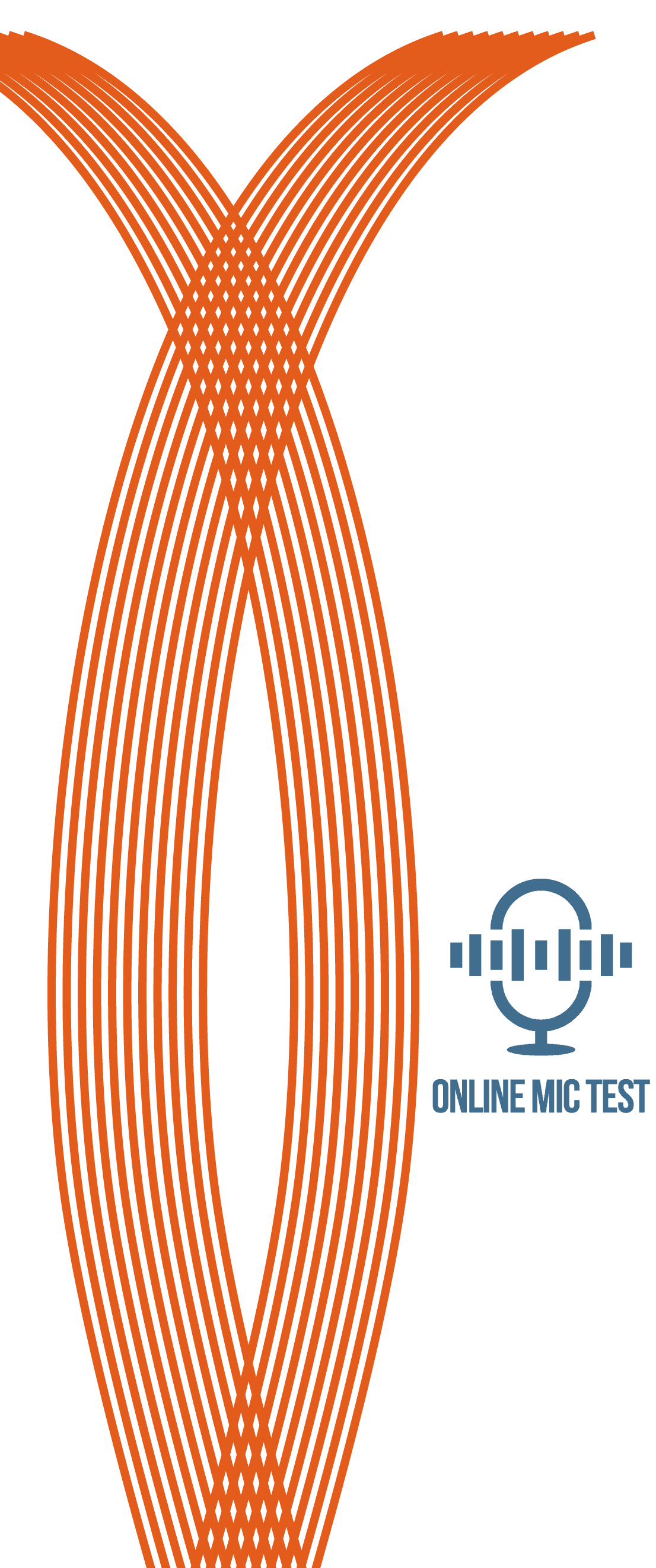Online Tone Generator
Frequency
Frequency
Volume
Speaker Balance
Current Note
 Copy
CopyWaveform
 Sine
Sine Square
Square Sawtooth
Sawtooth Triangle
Triangle WARNING: To protect your hearing don’t listen to very low frequencies (below 20 Hz) or very high frequencies (above 10,000 Hz) at high volumes.
How to Get Started With Generating Tone:
- 1. Select the tone you would like to hear by dragging the slider left or right or by typing the frequency value into the box. To play a specific musical note, you can select it from the dropdown menu.
- 2. Select which waveform you would like to produce: sine, square, sawtooth or triangle.
- 3. Press the ‘play’ button, listen to your tone!
- 4. Your selected tone will play until you press ‘pause’.
- 5. You can adjust the speaker balance by dragging the slider left or right.
- 6. If you would like to play many tones at once, simply open this tool in multiple tabs on your browser.
More About This Page:
What can this tone generator be used for?
- This tone generator can be useful for testing musical equipment. For example testing an audio device’s electrical wiring and diagnosing playback issues , or for testing the range of frequencies your speakers, subwoofers or headphones are able to play.
- This tool enables you to listen to the pitch of any musical note, so you can also use it when tuning an instrument such as a guitar, piano or violin by ear, a really handy skill to develop as a musician.
- You could also use this tone generator to test your hearing and determine what the highest and lowest frequencies are that you can perceive. Healthy adults can normally hear frequencies from around 20hz to 17,000hz, however this upper level generally decreases with age to around 14,000hz.
- Additionally, if you are experiencing pure tone tinnitus, you can use this tool to determine its exact frequency. This is called tinnitus frequency matching, and it can be useful for discovering masking sounds, which may help to alleviate your auditory discomfort. However, please note this is not medical equipment and should not be used as a substitute for proper medical diagnosis.
You can also use this tone generator to conduct various interesting scientific experiments:
Acoustic Beats
If you open this tool in two tabs on your computer, you can use it to play two tones of slightly differing frequencies at the same time (try, for instance, 600hz and 602hz). You will notice how as you listen these two tones combine together to create a rhythmic pulsing sound.
This is a demonstration of what in acoustics is known as a ‘beat’: a phenomenon which happens when two separate but very similar frequencies are played simultaneously. Although these tones are different pitches our brains perceive them as one pulsing beat. Pretty cool!
Binaural Beats
This is another type of 'auditory illusion' you can try with this tone generator. While wearing headphones, open this tool in two tabs. In one tab chose a frequency (for example, try 440hz), in the other tab chose another slightly different frequency (eg. 444hz). Now use the speaker balance slider to adjust the output of the two tones, so that your left ear is listening to just the 440hz frequency, and your right ear to just the 444hz frequency.
Press ‘play’ on both pages. Your brain will interpret these two frequencies and as a new third tone. Some people find listening to binaural beats helpful to focus their mind during meditation, to aid with sleep or to relieve chronic pain.
What is tone and how is it produced?
When we talk about tone in relation to the tone generator we are talking about the way we perceive the frequency of a sound.
The frequency of a sound is produced by vibrations which create sound waves. For example, when you listen to a guitar being played, the sound you hear is produced by the strings vibrating, these vibrations create sound waves which travel through the air to your ears.
Faster vibrations create higher frequencies and therefore higher pitched tones, while slower vibrations create lower frequencies and lower pitched tones. We measure these frequencies in Hertz (Hz).
Our tone generator produces pure tones that only have one frequency, however in real life most musical sounds are made up of a mix of many frequencies.
What are the different waveforms?
This tone generator supports the 4 most common waveforms: sine, square, sawtooth and triangle. These are known as ‘periodic waveforms’, as when they are repeated they create a constant tone.
Each shape of waveform gives a different quality to the frequency its playing:
Sine waves produce the smoothest ‘cleanest’ tone. They are the simplest type of waveform, all other waveforms can be made by combining a mix of sine waves.
Square waves: While sine waves are made up of one fundamental making them sound very pure, square waves contain different harmonics which produce a richer, more ‘buzzy’ tone.
Sawtooth waves are similar to square waves but are buzzier still! They are good if you want to create a harsh, distorted sound.
Triangle waves are sort of in between the buzzy sound of square waves and the cleanness of sine waves, they produce a brighter, breathy, more natural sounding tone.


